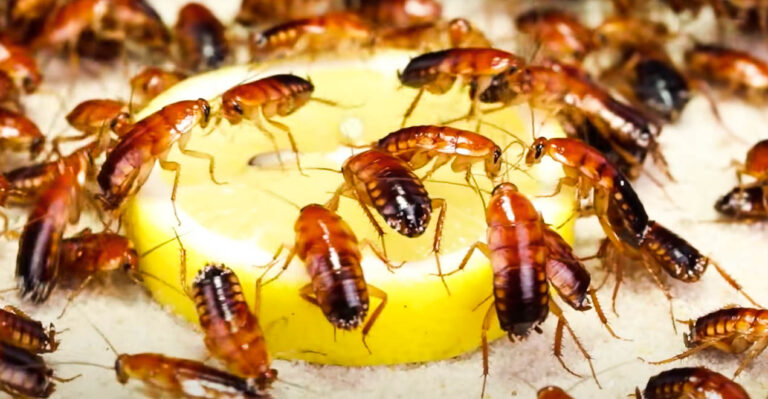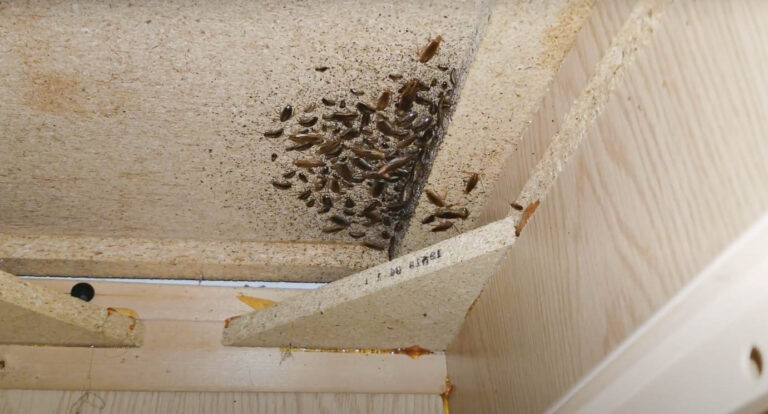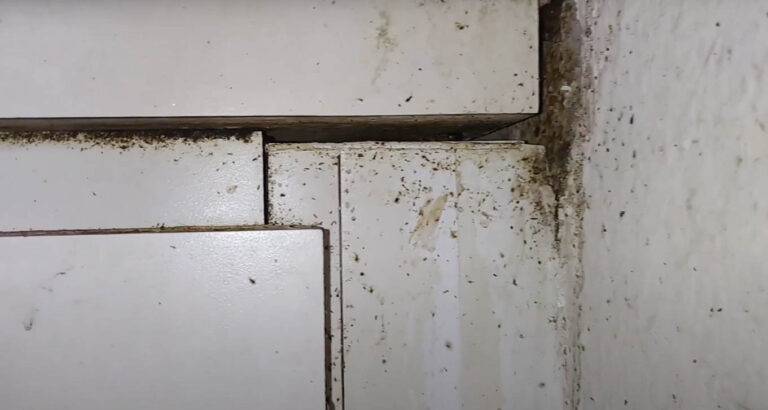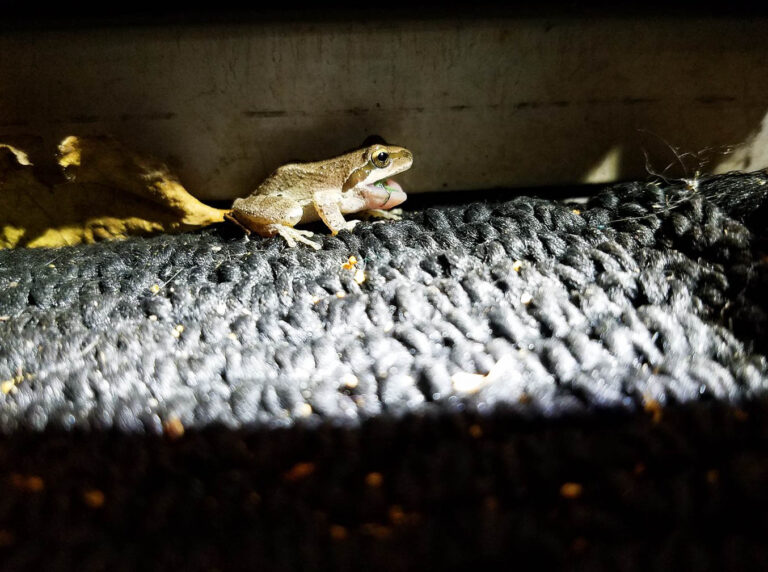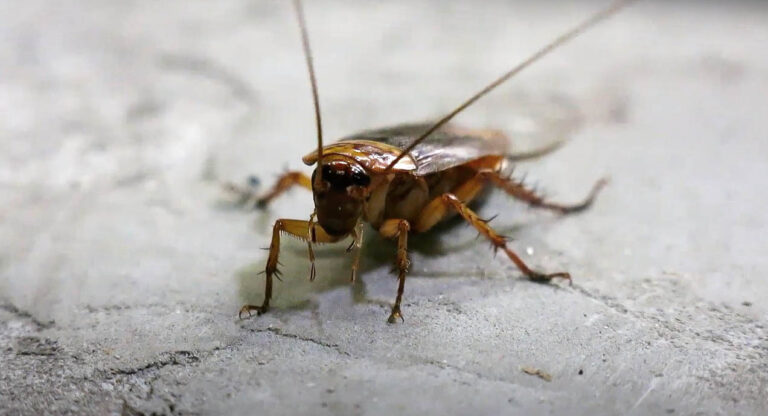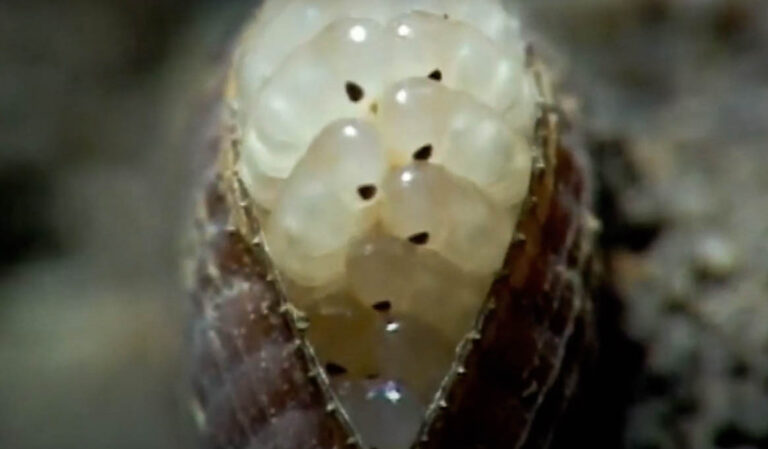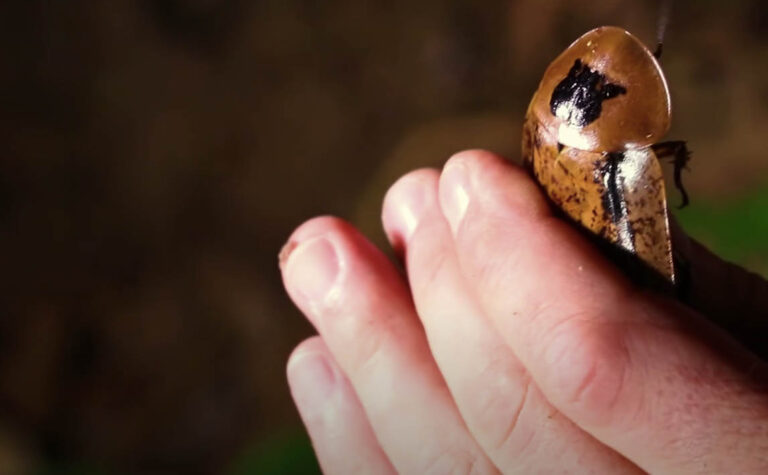The life cycle of a cockroach
The life cycle of a cockroach
Cockroaches are not recent creatures, rather they have been around for ages-more than 250 million years and will continue to exist till the end of time. These menace causing insects are problematic and bring mass chaos wherever they go. These insects fall under the superorder of Dictyoptera which is above the suborder Blattodea. Insects that fall in this category have a sharp distinction; they are oval with flat bellies, long pointed antennas, and wings. Cockroaches are more visible during the winter. If you see them anywhere inside or around your house, it is better to take immediate action so that the situation does not worsen. These critters are excellent at surviving in harsh conditions and can easily go for a month without any proper food. They can reside in small spaces for a long time even when the environment becomes hostile. This is where your understanding of the cockroach’s life cycle becomes handy. Once you have familiarized yourself with the life cycle of a cockroach, you can then assess the situation at your house easily without any issue. This assessment can help you in figuring out how to get rid of these cockroaches later. There are 3 stages of development in a cockroach’s life cycle and it is mentioned below in detail.
Egg-Stage 1
Ootheca
The life cycle starts with the egg. There is an eggshell covering which all the female cockroaches have at the bottom of their abdomen. A female cockroach carries all the eggs in the ootheca so that they can be protected against any harm. They can carry up to 50 eggs in the ootheca; the number varies according to the species of the cockroach. The eggs are kept here safely till they reach the next stage which is the nymph stage. The eggs are laid by female cockroaches in a moist and warm environment. The eggs hatch in a month or two depending on the species of the cockroach and the surrounding weather. Cockroaches can reproduce very quickly which increases the chances of infestations. Hundreds of eggs can be laid in a year if cockroaches are not eliminated from any place.
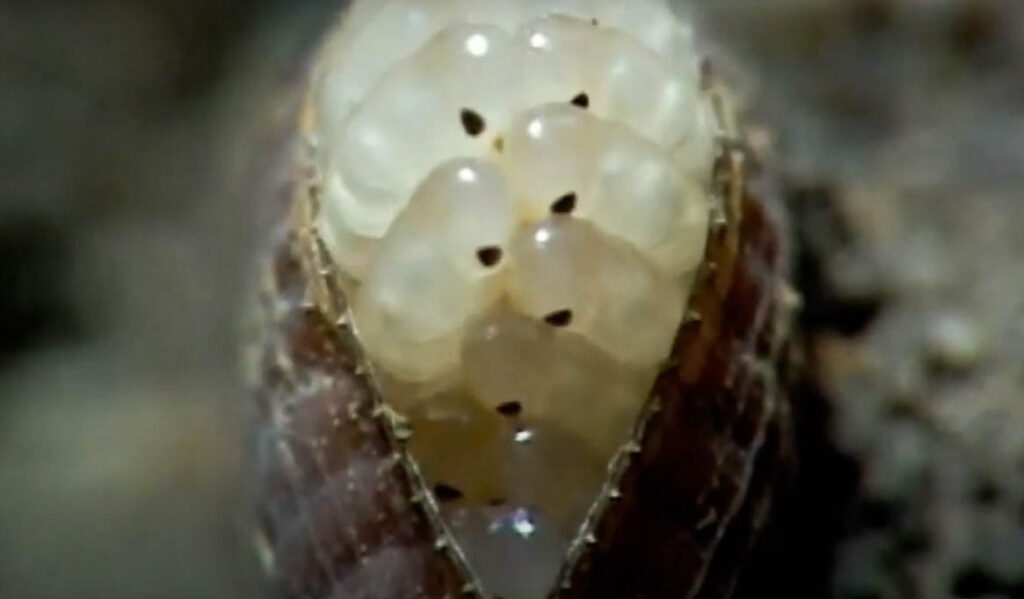
Baby Cockroach-Stage 2
Nymph stage
Once a cockroach hatches, it enters the nymphal stage. During stage 2, the cockroach has to go through multiple steps of molting, growing, and shedding of its skin. Each time the cockroach molts, its body turns white. Slowly with multiple molting and sheddings, the size of the cockroach increases. During this time, its exoskeleton gets very hard and turns dark. Stage 2 usually lasts for 10-14 months; however, it varies from species to species. Another thing that affects the duration of the nymph stage is the environment and if there are any predators around the cockroach. The cockroach will only enter the next stage once it is done with all its development including wings. It is common to spot cast-off shells around your home during this stage. You should take all precautions because once it hatches it will damage your property.
Adult Cockroach-Stage 3
Developed
After the cockroach goes through the final molting it becomes fully functional. It grows in size as well and eventually reaches 1.5-3 inches. It also has three pairs of legs, long antennas along with two pairs of wings. It also starts being sexually active and starts the reproductive cycle once again. There is no general lifespan of cockroaches since it depends on the species of cockroach. Some tend to live for 3-4 months while others survive for more than 2 years. Due to the omnivorous nature of cockroaches, it can eat both plants and meat. This makes these insects excellent survivors. If their population is not controlled, your whole property can be infested in only a couple of months.

